In today’s data-driven world, businesses rely heavily on data analysis to make informed decisions and gain valuable insights. With the advancements in artificial intelligence (AI), data analysis has become more efficient and effective than ever before. In this article, we’ll explore the top AI tools for data analysis that can revolutionize the way businesses extract insights from their data.
Polymer
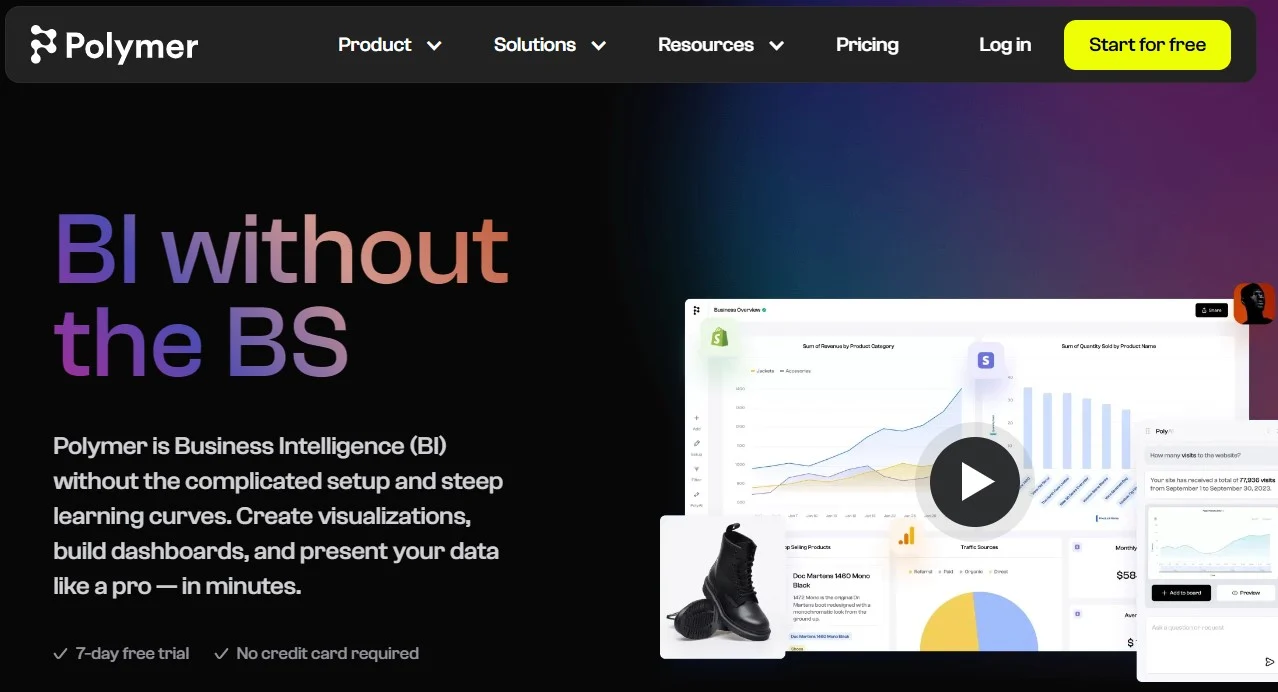
Polymer is an AI-powered data analysis platform that offers advanced analytics and visualization capabilities. With its intuitive interface and powerful algorithms, Polymer enables users to uncover trends, patterns, and correlations in large datasets quickly.
Key Features and Capabilities
- Advanced data visualization tools for creating insightful dashboards and reports.
- Machine learning algorithms for predictive analytics and forecasting.
- Integration with various data sources, including databases, cloud storage, and APIs.
Real-world Use Cases or Examples
Polymer is used by businesses across industries for market analysis, customer segmentation, and predictive maintenance. For example, a retail company may use Polymer to analyze sales data and forecast demand for products, enabling better inventory management and strategic pricing decisions.
Akkio
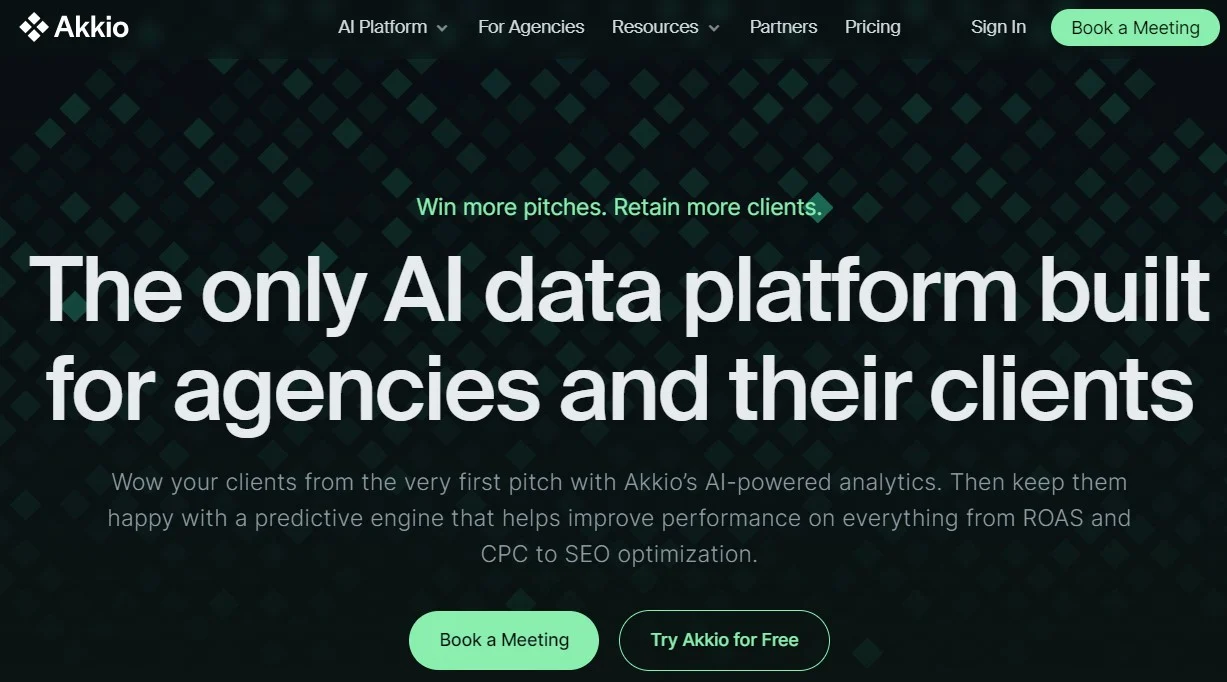
Akkio is an AI-powered data analytics platform that specializes in predictive modeling and automated insights generation. By leveraging machine learning algorithms, Akkio helps businesses uncover actionable insights from their data, enabling informed decision-making and driving business growth.
Key Features and Capabilities
- Automated machine learning workflows for building predictive models without coding.
- Natural language processing (NLP) capabilities for analyzing unstructured text data.
- Integration with popular data storage and visualization tools for seamless workflow management.
Real-world Use Cases or Examples
Akkio is utilized by marketing teams for customer segmentation, churn prediction, and personalized marketing campaigns. For instance, an e-commerce company may use Akkio to analyze customer behavior data and identify high-value segments for targeted promotions.
KNIME
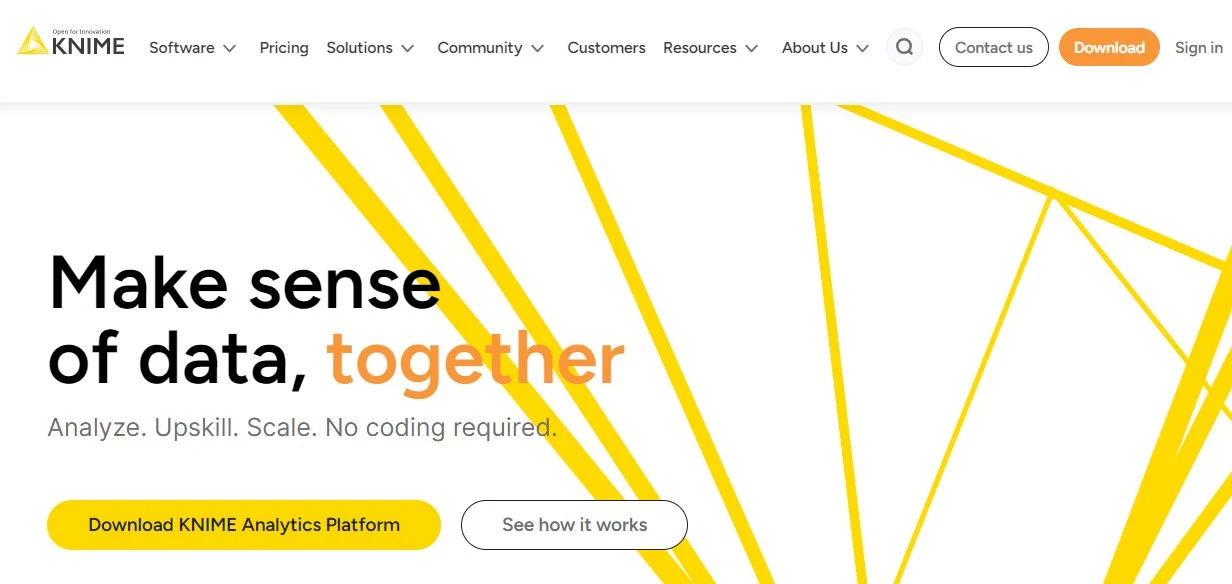
KNIME is an open-source platform that allows users to create data science workflows visually. It offers a wide range of tools for data integration, transformation, analysis, and visualization, making it suitable for both beginners and experienced data analysts.
Key Features and Capabilities
- Drag-and-drop interface for easy workflow creation.
- Integration with various data sources and formats.
- Support for machine learning algorithms and predictive analytics.
Real-world Use Cases or Examples
KNIME is used in various industries for data preprocessing, predictive modeling, and automation. For instance, a retail company may use KNIME to analyze customer purchasing patterns and optimize marketing campaigns accordingly.
Tableau AI
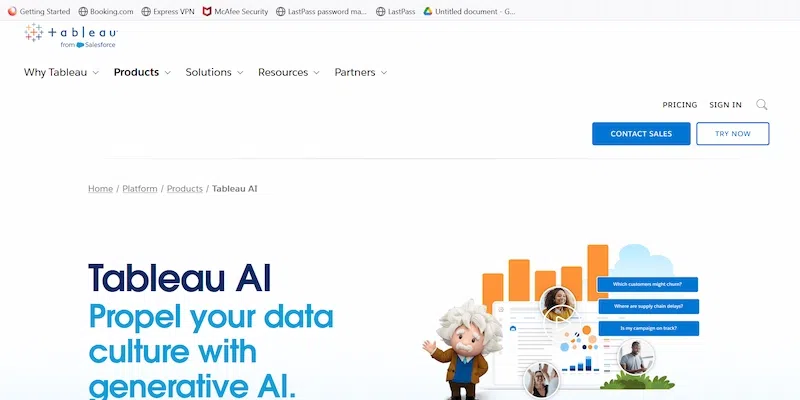
Tableau AI is an advanced analytics platform that leverages AI and machine learning to help users explore and analyze data more efficiently. It offers powerful visualization capabilities and predictive analytics tools to uncover insights and trends.
Key Features and Capabilities
- Natural language processing (NLP) for conversational analytics.
- Automated insights generation and trend analysis.
- Integration with various data sources and cloud platforms.
Real-world Use Cases or Examples
Tableau AI is used by businesses to create interactive dashboards, perform ad-hoc analysis, and share insights across the organization. For example, a healthcare provider may use Tableau AI to analyze patient data and identify patterns for better decision-making.
Microsoft Power BI
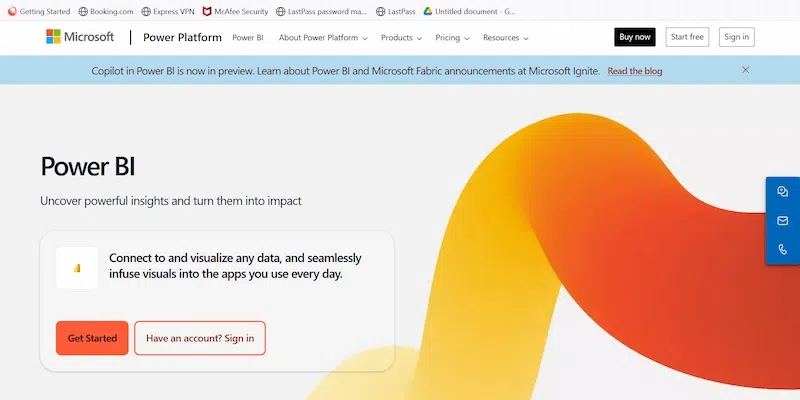
Microsoft Power BI is a powerful business analytics tool that enables users to visualize and share insights from their data. With intuitive dashboards, interactive reports, and AI-driven features, Power BI empowers organizations to transform data into actionable intelligence.
Key Features and Capabilities
- Drag-and-drop interface for easy data visualization.
- AI-powered insights and predictive analytics.
- Integration with various data sources, including Excel, SQL Server, and cloud services.
Real-world Use Cases or Examples
A retail company can use Power BI to analyze sales data, identify trends, and optimize inventory management strategies. By leveraging AI-driven insights, the company can predict demand patterns and adjust their product offerings accordingly.
MonkeyLearn
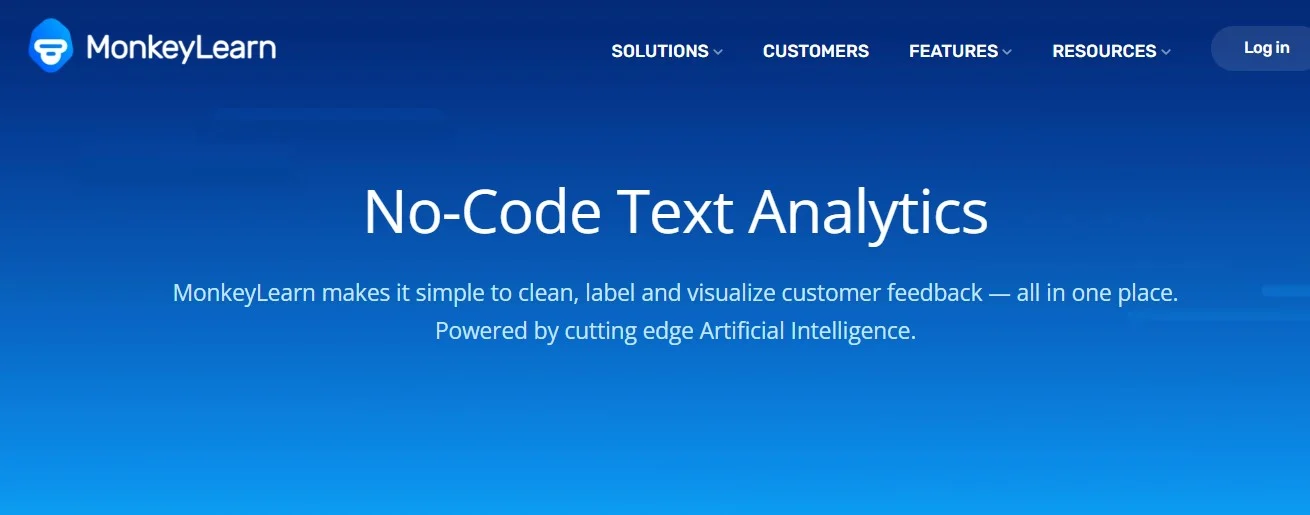
MonkeyLearn is a text analysis platform that uses machine learning algorithms to extract insights from unstructured data. It offers a range of tools for sentiment analysis, topic classification, and entity recognition, allowing businesses to unlock valuable insights from text data.
Key Features and Capabilities
- Pre-built models for common text analysis tasks.
- Customizable workflows for tailored analysis.
- Seamless integration with popular business applications and platforms.
Real-world Use Cases or Examples
A customer support team can use MonkeyLearn to analyze customer feedback from emails, reviews, and social media. By categorizing feedback based on sentiment and topics, the team can prioritize issues, improve response times, and enhance overall customer satisfaction.
Jupyter AI
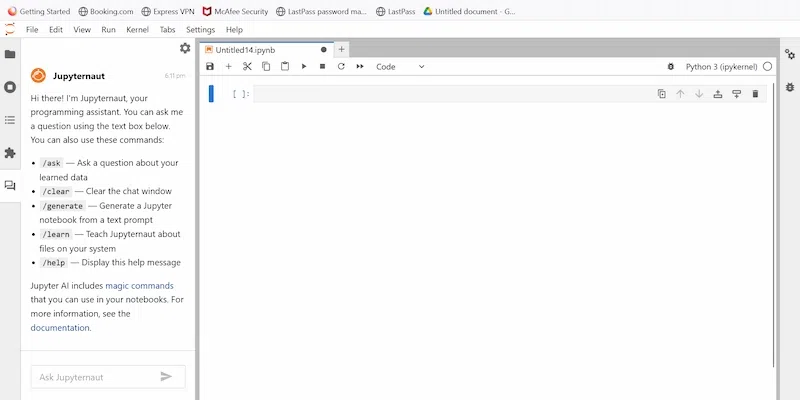
Jupyter AI is an open-source, interactive computing platform that allows users to create and share documents containing live code, equations, visualizations, and narrative text. It supports various programming languages such as Python, R, and Julia, making it a versatile tool for data analysis, statistical modeling, machine learning, and more.
Key Features and Capabilities
- Interactive computing environment for exploratory data analysis.
- Support for code execution, visualization, and documentation within a single interface.
- Integration with popular libraries and frameworks for data manipulation and analysis.
Real-world Use Cases or Examples
Data scientists and researchers can use Jupyter AI to perform data exploration, develop machine learning models, and communicate findings effectively. For instance, they can use Jupyter notebooks to analyze genetic data, visualize experimental results, and collaborate with colleagues on research projects.
IBM Watson (Analytics)
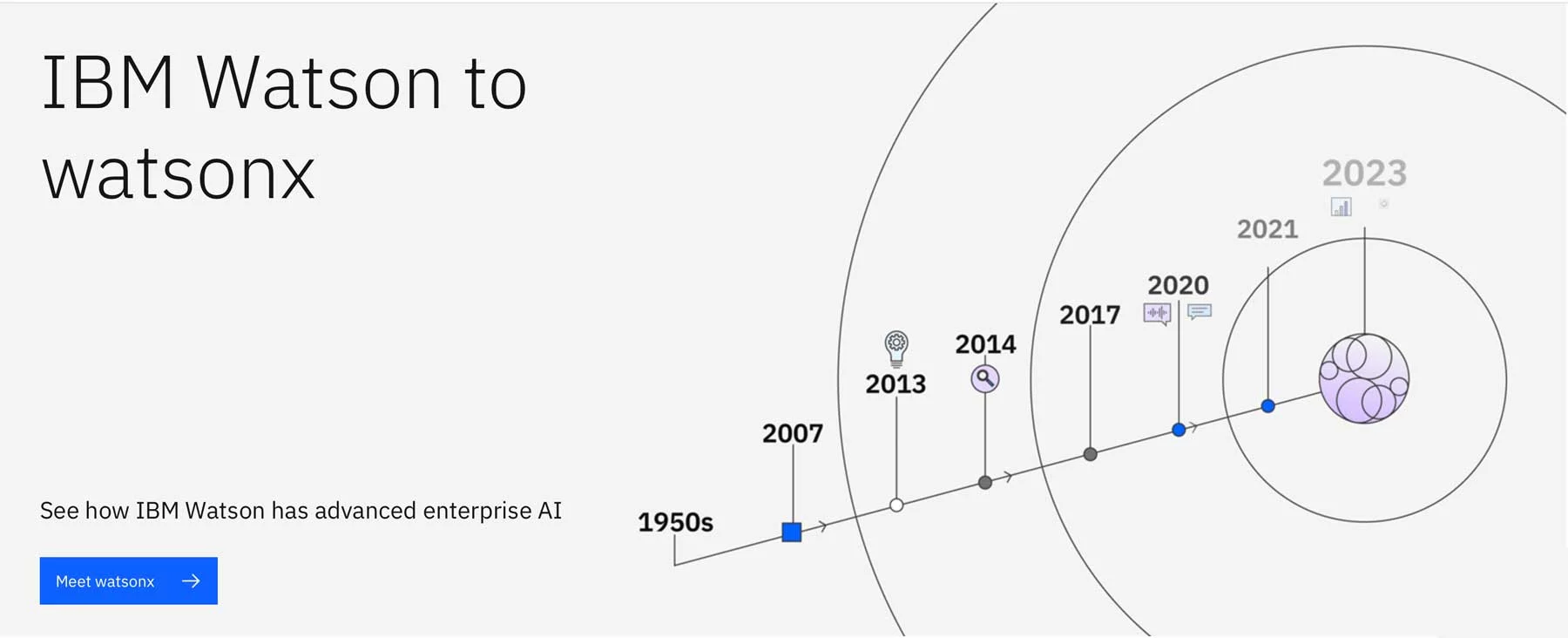
IBM Watson Analytics is a cognitive analytics platform that enables users to uncover insights from structured and unstructured data using AI-powered capabilities. It offers a suite of tools for data preparation, predictive analytics, and data visualization, allowing organizations to derive actionable insights and drive better business outcomes.
Key Features and Capabilities
- Natural language processing (NLP) for querying and analyzing data using plain language.
- Predictive analytics tools for forecasting trends and making data-driven predictions.
- Automated data preparation and cleansing to streamline the analysis process.
Real-world Use Cases or Examples
An e-commerce company can use IBM Watson Analytics to analyze customer purchase history, identify buying patterns, and personalize marketing campaigns. By leveraging predictive analytics, the company can anticipate customer preferences, recommend products, and optimize pricing strategies to maximize revenue.
Qlik
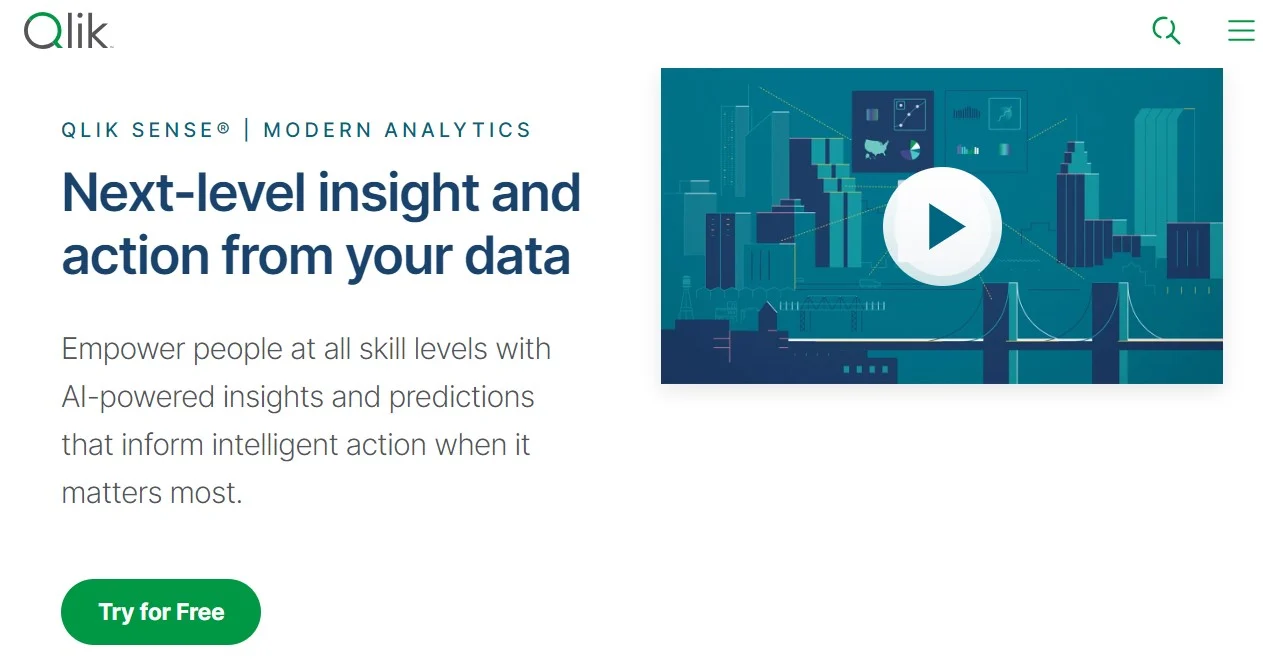
Qlik is a leading data analytics platform that helps organizations transform raw data into actionable insights through data visualization, business intelligence, and analytics solutions. With its associative data indexing engine, Qlik enables users to explore relationships within their data and uncover hidden insights efficiently.
Key Features and Capabilities
- Associative data model for exploring data relationships and making discoveries.
- Interactive dashboards and visualizations for intuitive data exploration and analysis.
- Integration with multiple data sources and third-party applications for seamless data connectivity.
Real-world Use Cases or Examples
A healthcare provider can use Qlik to analyze patient data, track treatment outcomes, and optimize resource allocation. By visualizing key metrics such as patient demographics, treatment efficacy, and hospital performance, the provider can identify areas for improvement, enhance patient care, and drive operational efficiency.
ChatGPT
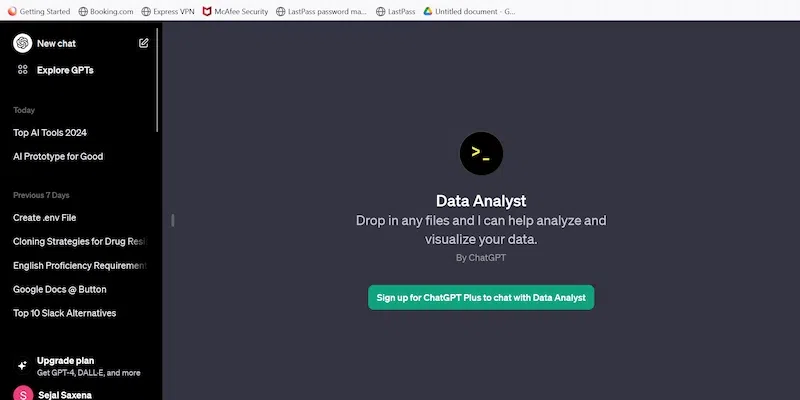
ChatGPT is an AI-powered conversational agent developed by OpenAI that leverages natural language processing (NLP) techniques to engage in human-like conversations. While primarily used for chatbot applications, ChatGPT can also be utilized for text analysis, sentiment analysis, and content generation tasks, making it a versatile tool for data analysis and text processing.
Key Features and Capabilities
- Natural language understanding (NLU) capabilities for processing and analyzing text data.
- Generation of coherent and contextually relevant responses based on input queries.
- Integration with messaging platforms, websites, and applications for deploying chatbot solutions.
Real-world Use Cases or Examples
An online retailer can use ChatGPT to analyze customer inquiries, extract actionable insights, and provide personalized recommendations to shoppers. By understanding customer queries and preferences, ChatGPT can assist in improving customer service, increasing sales, and enhancing overall user experience.
Conclusion
In conclusion, leveraging AI tools for data analysis is essential for organizations seeking to gain actionable insights, drive informed decision-making, and stay competitive in today’s data-driven landscape. Whether it’s exploratory data analysis, predictive modeling, or natural language processing, the tools mentioned above offer powerful capabilities to unlock the full potential of data and drive business success.
